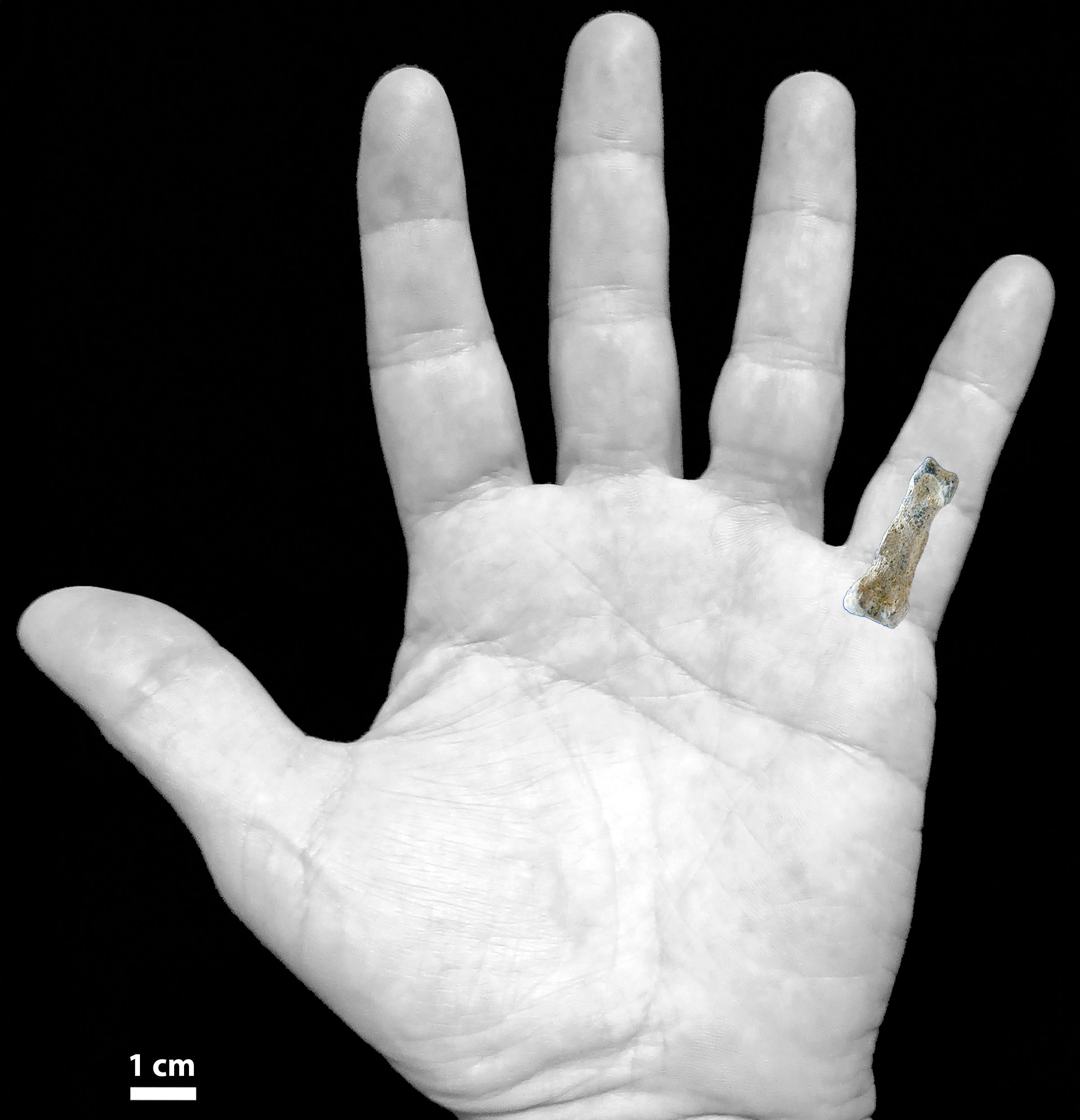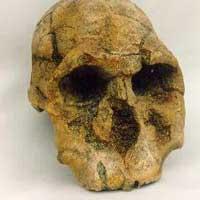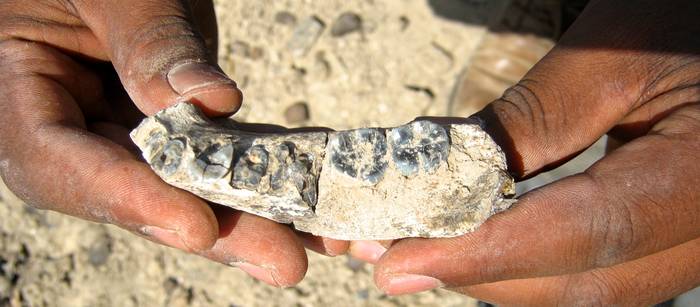Discover the oldest hand-shaped fossil of modern man
2015/08/18 Galarraga Aiestaran, Ana - Elhuyar Zientzia Iturria: Elhuyar aldizkaria

The Olduvai George site in Tanzania has discovered a special phalanx of 1.84 million years. This fingerbone has a much more modern look than the hominids that lived in the same era. Therefore, researchers have suggested that it is the oldest hand footprint that has been found so far in the form of modern man.
The fossil, called OH 86, is part of the left hand. In that area dwelt the hominids Paranthropus bosei and Homo habilis, but their hands did not look like those of the present man.
In fact, hand morphology is one of the main keys to understanding human evolution. It has been believed that it was adapted by the need to use stone tools. However, thanks to the fossils found in recent years, researchers have discovered that the evolution of the hand has been very complex, since some ancient hominids had seemed more to our hands than other hominids closer to us in time.
The fossil discovered has shown that some of the characteristics of the modern hand developed long ago. They still do not know which species owned the OH 86 fossil and have not found any other fossil to help them know the details of the hand. However, the research team that has found it has considered it an important discovery. The team, led by Manuel Domínguez Rodrigo, has been published in the journal Nature Communications.

Gai honi buruzko eduki gehiago
Elhuyarrek garatutako teknologia






